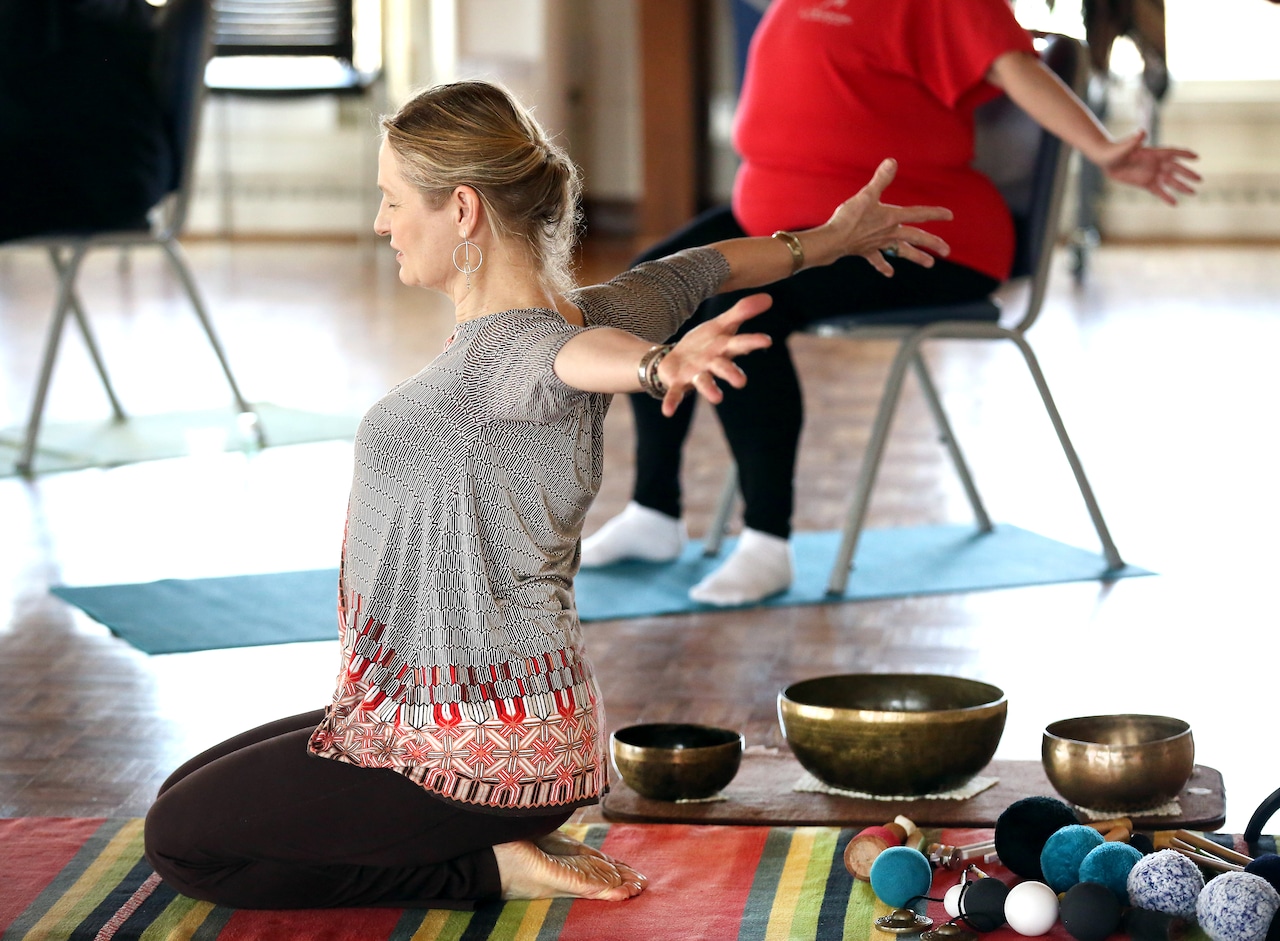By John A. Gallucci Jr.
This year, more than a quarter of adults aged 65 and older in the U.S. will suffer a fall. New Jersey leads the country in highest incidence of senior falls.
For seniors, a fall can mean a life-altering broken hip, a traumatic brain injury, or the beginning of diminished mobility with cascading consequences for their life and well-being.
Of course, the repercussions ripple further. These are our mothers and fathers, brothers and sisters, friends and neighbors. A fall can mean a sudden and immense burden of care, or a diminished capacity to create memories.
The financial realities are also stark: non-fatal fall injuries cost the U.S. health care system more than $80 billion annually.
This isn’t just a problem about individual accidents. It’s an underappreciated consequence of our health care protocols that we can take concrete action to solve.
Pain is a standard part of aging, and a common long-term problem after a fall. According to the National Institutes of Health, 65% of U.S. adults over 65 say they suffer from pain, and up to 30% report chronic pain. A separate analysis by the Centers for Medicare and Medicaid Services found that 78% of Medicare enrollees have chronic pain.
Opioid prescriptions are intended to alleviate suffering, but they carry a dual risk: the potential for addiction and an increased future risk of falling. Opioids can impair balance, slow reaction time, and mask underlying issues of frailty and mobility, creating a dangerous cycle that leads to increased dependency and greater risk of injury.
These prescriptions are often intended to be short-term solutions. Frequently, they become long-term dependencies. That doesn’t mean that we should minimize people’s pain or discomfort, especially as they age. It means we must shift our pain management protocols to prioritize non-addictive, preventative treatments like physical therapy.
Fortunately, there is a common-sense solution: increasing access to physical therapy. Physical therapy is a more effective, non-addictive pain management tool that addresses the root causes of falls, frailty, and chronic pain. Rather than masking pain, physical therapists focus on restoring movement and function.
Physical therapists, as the recognized movement experts, utilize their skills to:
The results can be life-changing. Older adults who engage in physical and occupational therapy show a lower risk for long-term opioid usage, according to the Journal of the American Medical Association. This makes them less likely to fall, develop a long-term painkiller dependency, or require expensive emergency care.
In New Jersey, patients can work with a physical therapist for up to 30 days before needing a referral to continue services. While this is a start, we must do more as a state to make sure that our most vulnerable patients have access to the right providers and can get the most out of their Medicare benefits for their long-term health.
The Stopping Addiction and Falls for the Elderly (SAFE) Act is a national piece of legislation with bipartisan support, including New Jersey’s Rep. Jefferson Van Drew, one of its co-sponsors.
If passed, the SAFE Act would allow Medicare beneficiaries to receive a no-cost falls risk assessment from a physical or occupational therapist as part of their annual wellness visit. This simple, preventative measure would allow the appropriate health care experts to intervene early, utilizing existing PT services to reduce further risk, even if a fall has already occurred.
Medicare access that helps reduce the effects of falls on our seniors and health systems.
Our state representatives care about our needs. By writing or calling your local state and national representatives, you can help make sure they’re aware of common sense, financially smart and bipartisan acts like the SAFE Act that will make a real difference in your Medicare benefits and the health of your community.
John A. Gallucci Jr. is president and CEO of JAG Physical Therapy, and the asstant chief medical officer for Major League Soccer (MLS). An author of several books, his most recent one is Pickleball Pickleball Pickleball: Don’t Get Hurt! (2025).
If you purchase a product or register for an account through a link on our site, we may receive compensation. By using this site, you consent to our User Agreement and agree that your clicks, interactions, and personal information may be collected, recorded, and/or stored by us and social media and other third-party partners in accordance with our Privacy Policy.
